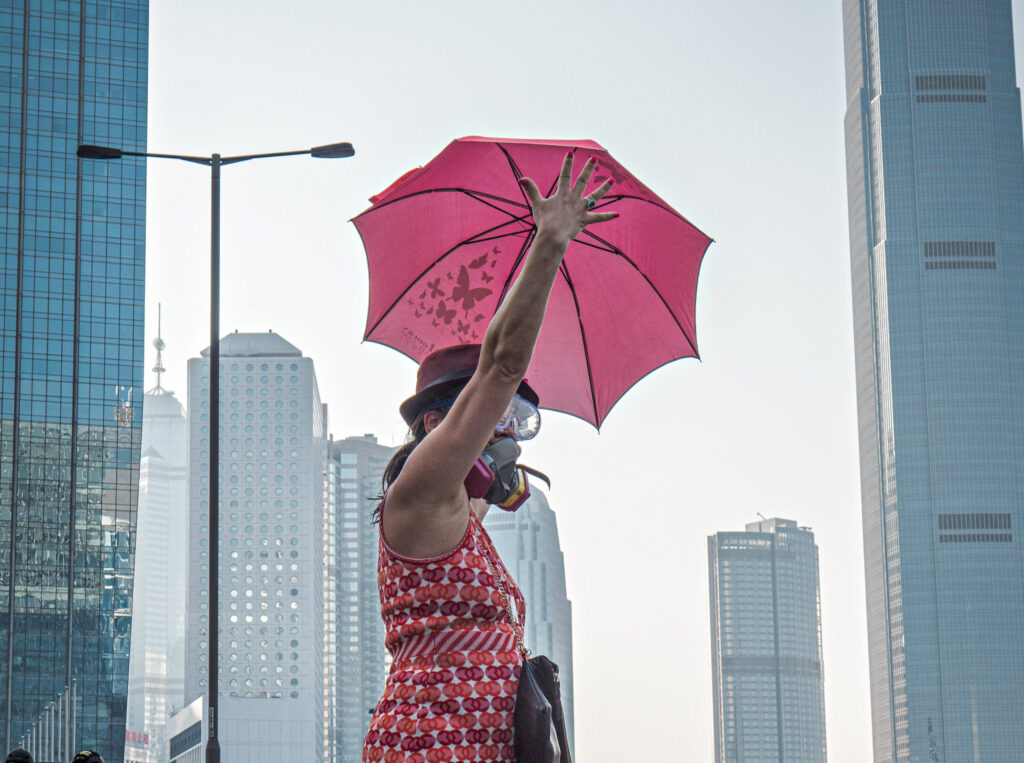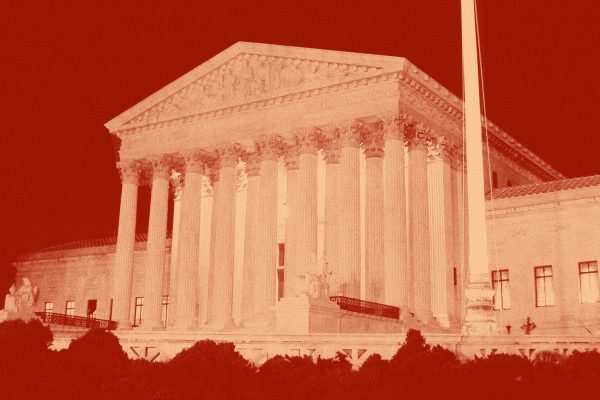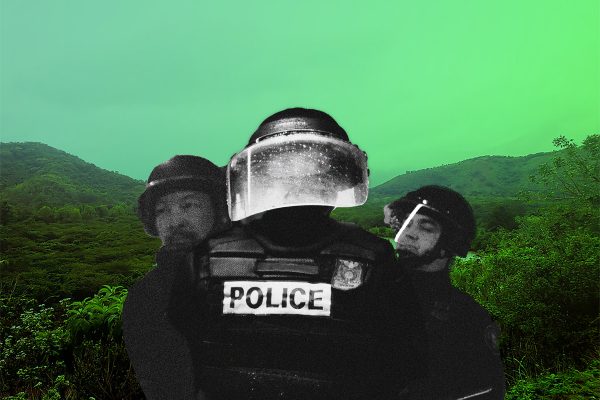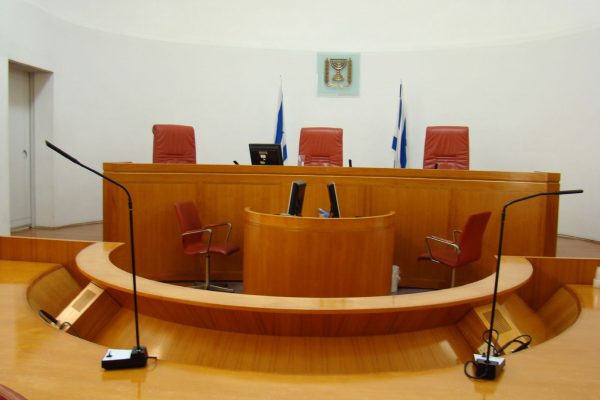Wherever protests erupt, a familiar and now global kind of common sense is mobilized: dissent and disobedience are good, but they should be civil and nonviolent, for violence and incivility are morally wrong and strategically counterproductive. But in their ongoing protests, Hongkongers have called this received wisdom into question. They have clashed violently with the police, concealed their identity, evaded law enforcement, and expressed frustration and anger. Now in their seventh month, the protests have been extraordinarily popular and remarkably effective—not in spite of but because of such tactics of uncivil disobedience.
The protests have been extraordinarily popular and remarkably effective—not in spite of but because of such tactics of uncivil disobedience.
Initially sparked by the government’s introduction in February 2019 of an extradition bill that would have allowed criminal suspects to stand trial in mainland China, the movement in Hong Kong quickly turned into a rally for democracy. Its slogan: “Liberate Hong Kong! Revolution of our times!” Participants in the movement insist they have learned their lesson from the failure of the last pro-democracy protests, Hong Kong’s 2014 Occupy Central (formally, Occupy Central with Love and Peace), also known as the Umbrella Movement. Like a number of the worldwide Occupy movements that erupted after the financial crisis of 2008, these protests followed the civil disobedience textbook. One of the movement’s leaders, law professor Benny Tai, even argued that Occupy Central sought to emulate the classical, liberal conception of civil disobedience found in John Rawls’s A Theory of Justice (1971). Participants sought to be peaceful, rational, and nonviolent, or woh-leih-fei in the Cantonese shorthand.
Protesters occupied the city’s main thoroughfares for seventy-nine days against proposed reforms to the electoral system. They peacefully marched and sat-in at the government headquarters. They remained public, nonviolent, and respectful throughout—in a word: civil. Nevertheless, the government refused to negotiate. It arrested and aggressively prosecuted the movement’s leaders. Joshua Wong and Nathan Law were convicted of unlawful assembly and incitement to assembly unlawfully, and Benny Tai of conspiracy to cause public nuisance. Participants willingly accepted arrest and punishment. Popular support, initially very high, faltered with the prolonged occupation engulfing the city.
Participants in today’s protests, such as the visual artist Kacey Wong, contrast the civil disobedience of the Umbrella Movement with the current movement’s uncivil disobedience. It does not abide the strictures of civility—publicity, nonviolence, non-evasion of law enforcement, and decorum—nor does it seek to. “It was you who taught me that peaceful marches are useless,” one protester scrawled on the wall of the Legislative Council Complex, which was stormed on July 1, 2019.
Barricades, catapults, and flaming arrows evoke medieval battles.
There have been many violent clashes with Hong Kong anti-riot police since the summer. To date, according to police briefings, 16,000 canisters of tear gas have been used—sparking citywide public health concerns given the level of residents’ exposure—and more than 6,000 protesters have been arrested. Police has used live gunfire, too. Two people have been killed and thousands injured. The movement’s “braves,” as front-line militants are called, are tasked with fighting the police to protect crowds of protesters. They set up roadblocks, including small megalithic structures fashioned from dug-up pavement, to slow down police vehicles. “Wizards” throw Molotov cocktails and rocks. “Firefighters” neutralize tear gas canisters by throwing them back at the police with heat-resistant gloves or (more often) covering them with a traffic cone so that the smoke can be funneled away as they are doused with water. Barricades, catapults, and flaming arrows evoke medieval battles. The most violent clashes so far happened in November, during a 2-week siege of Polytechnic University’s campus (several other schools also saw large demonstrations and unrest). Militant demonstrators fended off police with bricks, slingshots, and firebombs. Others organized covert operations to help these militants flee the besieged campus and evade arrest.
Contrary to the norms of civil disobedience, under which protesters are expected to demonstrate publicly, Hong Kong’s protesters have acted covertly, wearing black and concealing their hair and faces with hard hats, goggles, and gas masks. When Hong Kong chief executive Carrie Lam invoked emergency powers to prohibit face coverings at protests, thousands of people took to the street, many wearing Guy Fawkes masks, in defiance of the ban. Protesters evade law enforcement—both extralegal police brutality and criminal arrest—and help others do the same.
The current movement is sometimes called the Water Revolution, after its adoption of Bruce Lee’s mantra to “be like water,” with protesters taking inspiration from the kung fu star’s agility and adaptability. Four haiku-like principles guide the movement:
Be strong like ice.
Be fluid like water.
Gather like dew.
Scatter like mist.
Whereas the Umbrella Movement favored centralized leadership to coordinate protests, the Water Revolution is leaderless: arrests and imprisonment have not hampered it. The lack of leadership encourages everyone to contribute to the movement and has allowed for a nimble, crowd-sourced organization.
Protesters use AirDrop (Apple’s Bluetooth person-to-person file-sharing feature) to share messages with participants, promote the movement, and advertise the next rally to passersby. LIHKG Forum (a website similar to Reddit) and chat groups in the encrypted messaging app Telegram allow them to communicate about police location and protesters’ needs (e.g., gas masks at the front lines) and to vote on immediate next steps: Continue or retreat? Volunteers then help coordinate the decision on the ground via walkie-talkies, megaphones, and hand signals. In light of these crowd-sourcing tactics, Francis Lee, director of the School of Journalism and Communication at the Chinese University of Hong Kong, has observed the movement, tech-savvy and leaderless as it is, mimics open-source technology and praised how protesters are enacting the democratic ideals they pursue.
The Umbrella Movement centered around the immobile occupation of a site. Participants in the Water Revolution have instead deployed highly mobile, shape-shifting tactics.
The Umbrella Movement centered around the immobile occupation of a site. Participants in the Water Revolution have instead deployed highly mobile, shape-shifting tactics. A rally may turn into a march; a march may abruptly change its course. In August protesters carried out targeted flash-mob occupations of government buildings and police headquarters, flooding lobbies, escalators, and elevators. As soon as the government closed one building, dismissing staff for the day, the protesters moved on to their next target, like a rolling wave—“shapeless, formless, like water,” in Bruce Lee’s words. Gather like dew, scatter like mist.
The result of the differences between the two movements has been, on its surface, counterintuitive. Occupy Central avoided exercising economic pressure yet eventually alienated parts of the public. The Water Revolution, meanwhile, has held the continued goodwill of Hongkongers despite having crippled government operations and markets; shut down the city’s international airport for two days; and encouraged widespread strikes by teachers, lifeguards, lawyers, and workers in the security, aviation, engineering, and construction sectors. The latter’s avoidance of prolonged sit-ins explains in part the different public response. But it is also reasonable to contend that Hongkongers have continued to protest en masse not in spite of, but thanks to the movement’s turn to uncivil disobedience.
Indeed, far from alienating the population, uncivil disobedience may even have lowered the barrier to participation: by using defensive force to limit the impact of police violence on crowds, for instance, the “braves” may have made Hong Kong residents feel safer and thus more rather than less likely to join in protests. In a December poll, nearly a fifth of Hongkongers said they support violent actions by protesters, such as hurling bricks and firebombs at police. Similarly, the willingness to shirk publicity and non-evasion—these hallmarks of civil disobedience—may have made Hongkongers more, not less, likely to participate, given that a rioting conviction can mean decades behind bars. Many residents have also been eager to offer their support to militant activists. For example, physicians, nurses, medics, and practitioners of traditional Chinese medicine have, individually and through underground organizing, made themselves available to assist injured protesters who fear being arrested at hospitals. Protesters’ anonymity and covertness not only facilitate their evasion of law enforcement but have also registered as resistance against China’s powerful domestic surveillance state, as when protesters defied the mask ban. Rejecting publicity and non-evasion further allows them to express their principled rejection of the legitimacy of China’s rule.
The same goes with protesters’ flouting of decorum: the movement enacts what it aspires to achieve—freedom of expression for all. Not only are all protesters encouraged to participate in the decision-making about the movement, but they are free to say whatever they want in chants, placards, and graffiti, many of which feature satire and profanity. Lennon Walls, adorned with thousands of multicolor Post-it notes documenting protesters’ frustration, anger, and hope, have come to symbolize this free expression.
The movement enacts what it aspires to achieve—freedom of expression for all.
This all goes against the prevailing wisdom that nonviolence is crucial to resistance movements’ success. Political scientist Erica Chenoweth found that, of 323 civil resistance campaigns that took place from 1900 to 2006, none of those in which 3.5 percent or more of the population actively participated had failed. All were nonviolent; according to Chenoweth, their nonviolence facilitated mass participation and produced security forces’ defection, which were key to their success. Yet despite being violent, today’s movement in Hong Kong has achieved a staggering 45 percent participation rate, according to educator-activist Kong Tsung-gan. In the November 24 local district council elections, a historic 71 percent of voters turned out to vote and pro-democracy candidates took majorities in 17 of the 18 district councils, flipping hundreds of seats that had been previously held by pro-Beijing candidate. Over a million people joined the January 1, 2020, demonstration, making it the largest protest yet.
Although the movement has achieved a staggeringly high participation rate, it has not produced police defection. Chinese president Xi Jinping warned that any attempt to divide China by giving Hong Kong real autonomy would end in “bodies smashed and bones ground to powder.” Hong Kong security forces, loyal to China, have remained willing and even eager to crack down on protesters, whom they have called “terrorists” and “cockroaches.” There have been false rumors that women in the movement are acting as “comfort women,” giving free sex to male activists. And female protesters have recently reported sexual assault by police.
This combination of high participation and population support with brutally repressive security forces bears resemblance to decolonization struggles—which, historically, have been mostly violent. In this context, calling on protesters to remain nonviolent and passively absorb police brutality seems politically and morally obtuse. Perhaps Hongkongers’ example will prompt social scientists to study the different effects of uncivil disobedience on mobilization and support. Meanwhile, we would do well to question the ubiquitous calls for nonviolence and civility.






